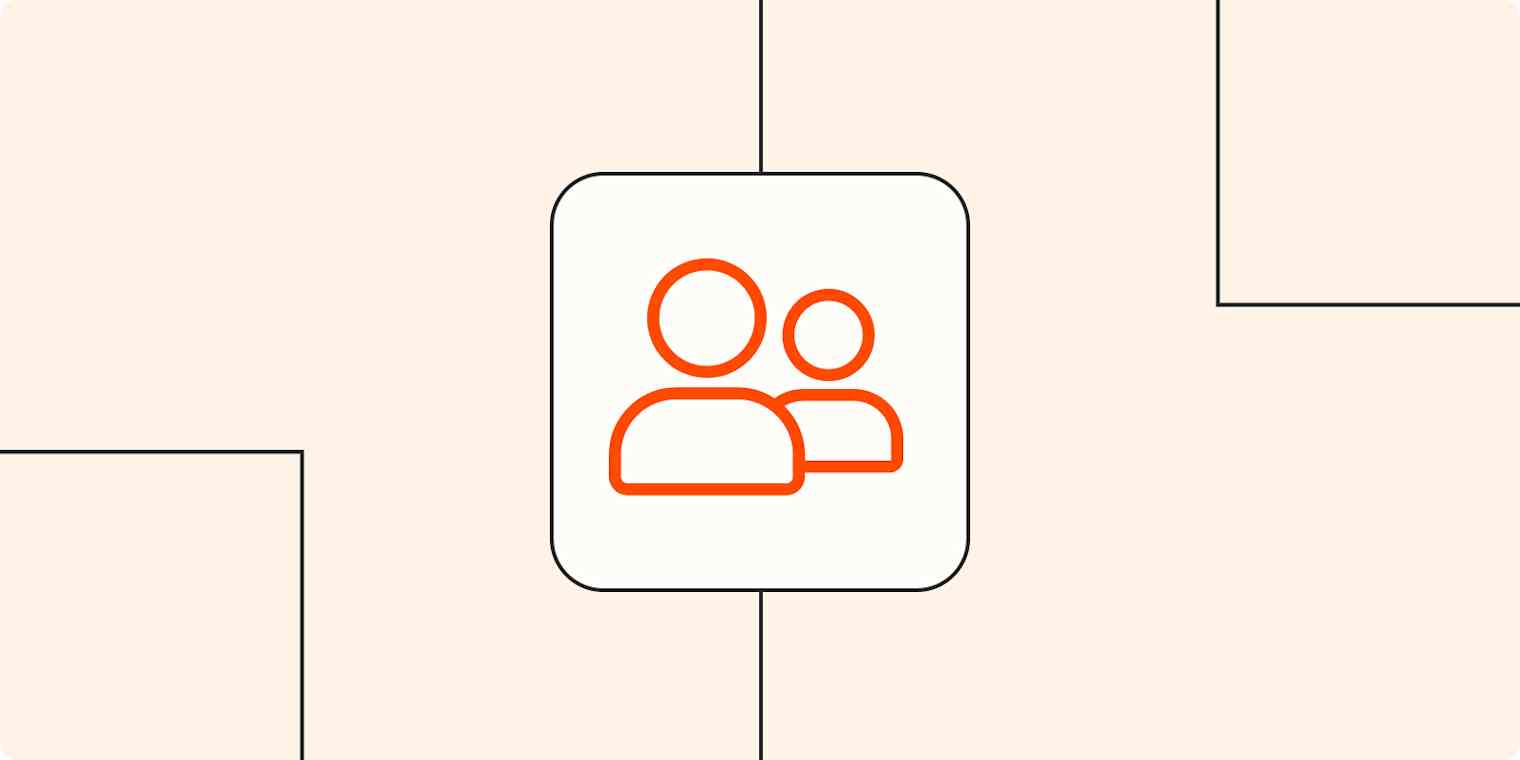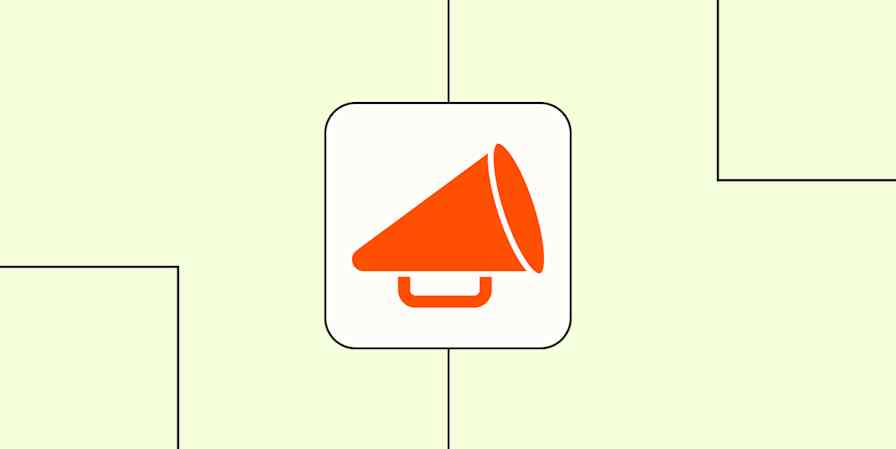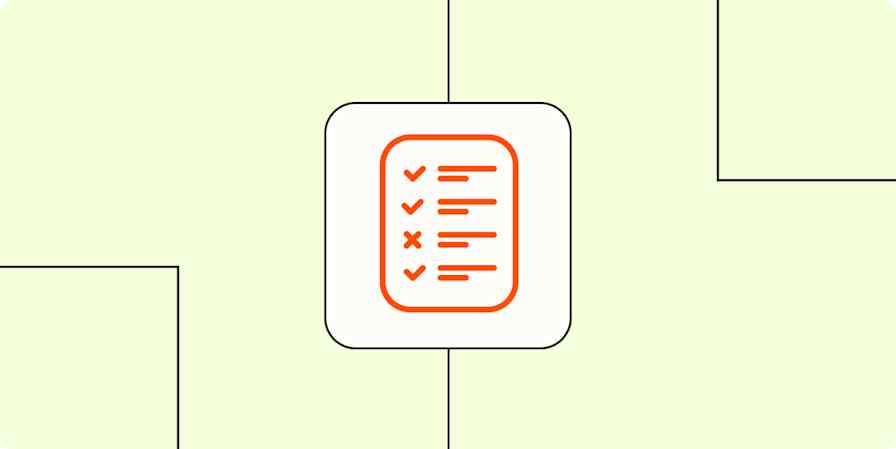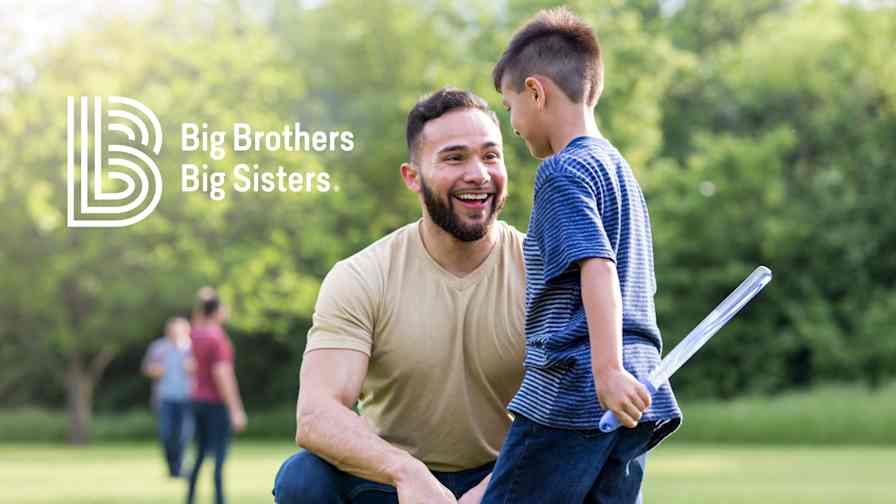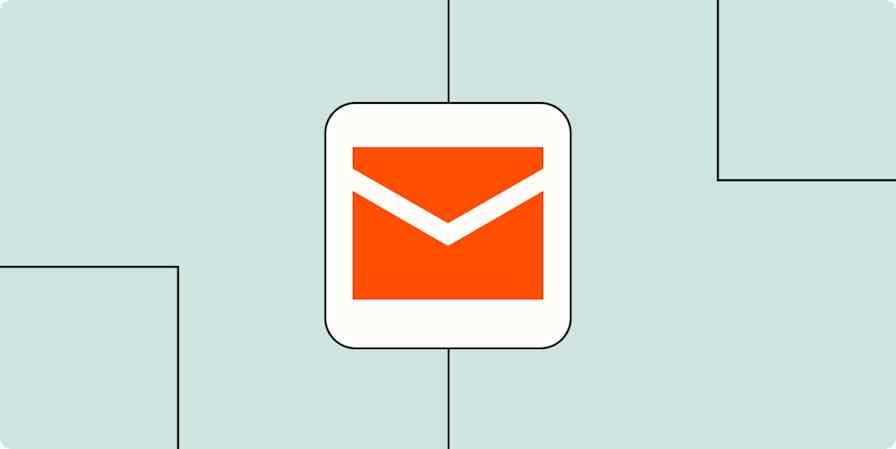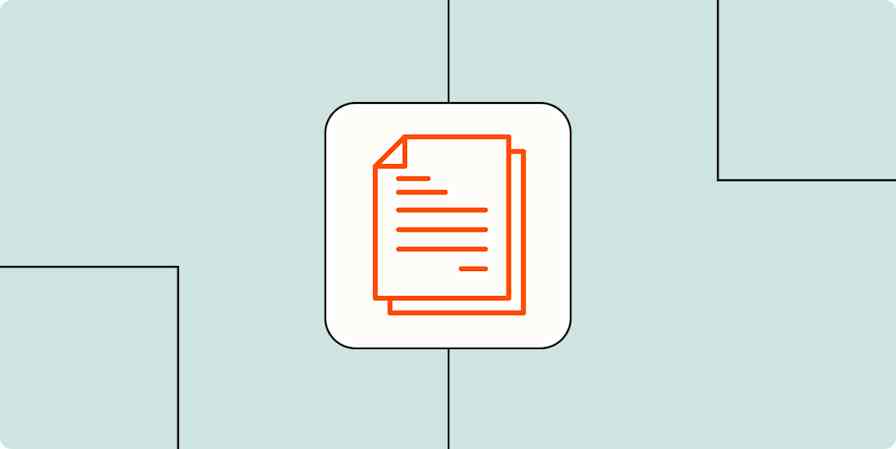The other day, my sister-in-law sent a text to the family group chat, but I was too distracted to notice which thread it was in. I typed out an absolutely hilarious and swear-laden response and almost hit send—but I thankfully realized my error before shooting the text off to be seen by my very strait-laced in-laws. Crisis averted (this time).
When the audience doesn't match the message, nobody wins—and that's never more true than in marketing. When you're reaching customers at scale, one-size-fits-all messaging is like dropping a niche meme into a dozen wildly different group chats. By segmenting your customers based on shared traits, you can tailor your messaging to each group.
Here's how to use customer segmentation to build campaigns that feel personal, relevant, and much more likely to get the response you're looking for—instead of an awkward Thanksgiving dinner.
Table of contents
What is customer segmentation?
Customer segmentation is the process of dividing your customer base into smaller groups based on shared traits. These groups—or segments—can be based on demographic information, behaviors, purchase history, or pretty much any data point that matters to your business.
Segmentation helps you understand the nuances of your customer base so you can deliver more personalized, relevant experiences. Instead of sending a generic campaign, you're building something that feels tailor-made.
Why should you segment your customers?
If you only have a dozen customers, you might not need segmentation. You probably know their names, their jobs, their favorite features, and (if you've got your priorities straight) their pets' names. You can write an email and know it'll resonate because you're close enough to instinctively tailor the message.
But as your customer base grows—and especially when you're operating at the enterprise level—that kind of intuition doesn't scale. Suddenly, you're not just communicating with a few familiar faces; you're talking to thousands (or even millions) of people with different goals, behaviors, and expectations. That's when segmentation stops being a nice bonus and becomes essential.
Here's what customer segmentation unlocks:
More relevant messaging. When you group customers by what they actually care about, you can deliver campaigns that hit the mark instead of going straight to the trash folder.
Smarter resource allocation. No matter the size of your marketing budget, segmentation helps you focus your efforts where they'll drive the most impact—like high-value leads and churn-risk segments.
Stronger retention. Segmented messaging isn't just better for converting new customers; it's key for keeping the ones you already have. Tailor your outreach based on lifecycle stage, product usage, or engagement to keep your brand fresh and relevant in your customers' minds.
Insights you can act on. Which groups convert fastest? Which segments need more education? Which are your most loyal? The right segmentation strategy gives you a structured, actionable way to learn about your audience.
Customer segmentation examples
There's no catch-all approach to segmentation: not all in-laws can appreciate a cheeky meme—but some can. You've got to know your audience and your brand to build a truly effective segmentation strategy.
The "right" way to break up your audience depends on your business model, goals, and the kind of data you have access to. And some methods (like age and location) work best for B2C brands, while others (like industry and role) are better suited for B2B companies. But here are some of the most common segmentation strategies—and how they show up in real marketing workflows.
Age
Age-based segmentation is a classic, and for good reason. Different age groups tend to have distinct communication styles, priorities, and purchase behaviors. A Gen Z customer might be more responsive to TikTok-style short-form videos and casual copy, while a Boomer might prefer detailed, informative emails. Segmenting by age lets you adjust not just messaging, but also where and how you're showing up—which lets you meet your audience where they are and in the tone that feels right for them.
Location
Geography influences everything from time zone to climate and cultural norms, which makes location another powerful (and often underused) segmentation strategy. For example, an apparel company might promote heavy coats to customers in Toronto while pushing lighter layers in Southern California. For global or regional businesses, location-based segmentation also helps you schedule campaigns at the right time or localize content for different languages and customs.
Income
Segmenting by income lets you group customers based on their purchasing power. This type of segmentation is especially useful for businesses with multiple product tiers or pricing models. You might create premium experiences or upsell opportunities for high-income segments, while offering discounts or lower-cost options to more budget-conscious customers. The key here is sensitivity—when done well, this type of segmentation helps customers find the products that fit their needs (and their wallets) without feeling invasive.
Industry or role
Customers in different roles and industries have different pain points, compliance needs, and expectations. A CMO at a fintech startup needs different messaging than an IT director at a legacy enterprise. And someone in finance is going to care about very different features than someone in marketing. When you segment by industry and/or role, you can speak directly to what matters most to each group—whether that's ROI, time-saving workflows, or robust security.
Tenure
Tenure refers to how long someone has been a customer, and it's a great way to align messaging with lifecycle stage. A brand-new customer probably needs onboarding content, while a long-term customer might be ready for upsells or exclusive offers. Tenure segmentation helps you meet people where they are in their journey, whether that's welcoming them in, checking in mid-way, or rewarding them for sticking around.
Loyalty
Loyalty-based segmentation focuses on how engaged or active your customers are. Your most loyal users might buy frequently, refer others, or engage with every campaign you send. Meanwhile, less active customers may need a nudge to re-engage. By identifying and rewarding your top fans, you can strengthen retention and advocacy—while also building targeted campaigns to win back those who've gone quiet. Think VIP programs, sneak peeks, or personalized reactivation emails.
Your segmentation strategy will become more bespoke as your business grows. For example, Zapier has gone from a simple automation tool to a multi-product app ecosystem, and as a result, one way our marketing team segments customers is by which (and how many) products they're interested in.
The best software for customer segmentation
Once you've decided how you want to segment your customers, the next step is finding the right tools to make it happen. Depending on what kind of campaign you're running, you'll need different tools, but here are a few types of customer segmentation software to get you started:
Email newsletter software lets you sort and segment your audience before sending custom email campaigns to each segment. Benchmark, for example, has easy-to-use automation and audience segmentation features. It lets you segment your customers by basic criteria, or create your own custom dimensions.
Marketing automation software like Omnisend can help you build and send campaigns based on customer segments. Omnisend's free plan comes with robust features (including segmentation and customer profiles).
Competitor analysis tools can give you insight into how others in your industry are segmenting and targeting customers, so you can build smart segments of your own. Similarweb is a great option that provides reliable market data like customer journeys, brand audiences, and industry intelligence.
Session replay and heatmap software like Hotjar can help you understand how different segments interact with your site or product, so you can optimize based on real user behavior.
Customer relationship management (CRM) apps help you centralize customer data and build dynamic segments based on things like behavior, deal stage, and engagement. Tools like Salesforce make this easy with built-in signal tracking, so you can automatically tag, sort, and engage customers based on real-time activity and attributes.
You might only need one of these tools—or you might need them all, depending on the complexity of your segmentation strategy. Start with your goals, then build your stack to support them.
Automate your customer segmentation
Not every message belongs in every group chat—and the bigger your audience gets, the harder it is to keep track of who should hear what. Customer segmentation gives you the power to tailor your messaging so it always feels relevant, thoughtful, and on point, no matter if you're onboarding a new customer, nurturing a longtime user, or re-engaging someone who's drifted.
But as helpful as segmentation is, managing it manually can become a job in itself. Connecting your marketing tools to Zapier lets you automatically tag or segment users based on behavior, form responses, or location—no spreadsheets or manual sorting required. Do things like syncing data between your CRM and email platform, updating lists when someone takes action, or triggering campaigns based on lifecycle stage.
Learn more about how to automate your email marketing and CRM tools, or get started with one of these pre-built workflows.
Add Mailchimp subscribers to tags for new attendees registered in Eventbrite
Save Formsite form submissions to a Constant Contact list
Zapier is the most connected AI orchestration platform—integrating with thousands of apps from partners like Google, Salesforce, and Microsoft. Use interfaces, data tables, and logic to build secure, automated, AI-powered systems for your business-critical workflows across your organization's technology stack. Learn more.
Your audience isn't one big, homogenous blob, and your messaging shouldn't be, either. With thoughtful segmentation and the right automations in place, you can build campaigns that scale and feel personal. No near-miss family group chat disasters required.
Related reading:
